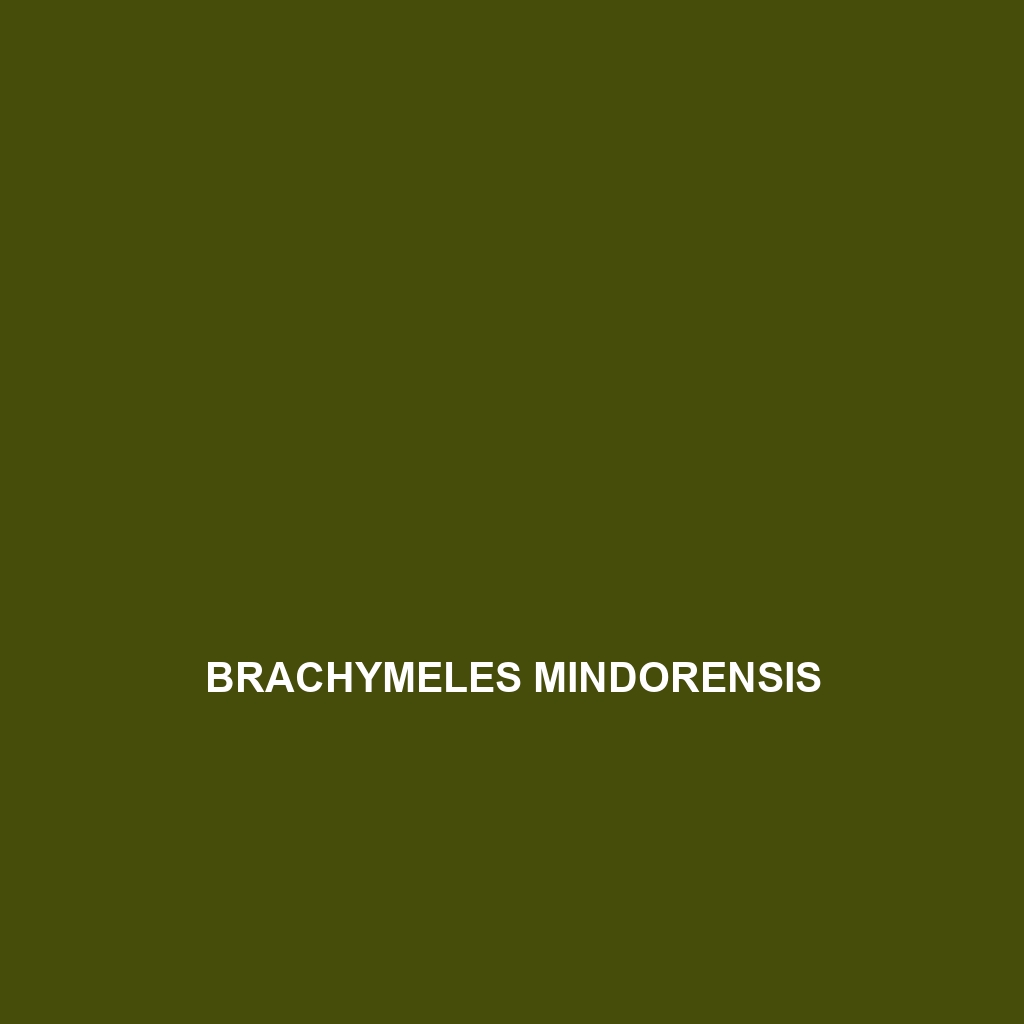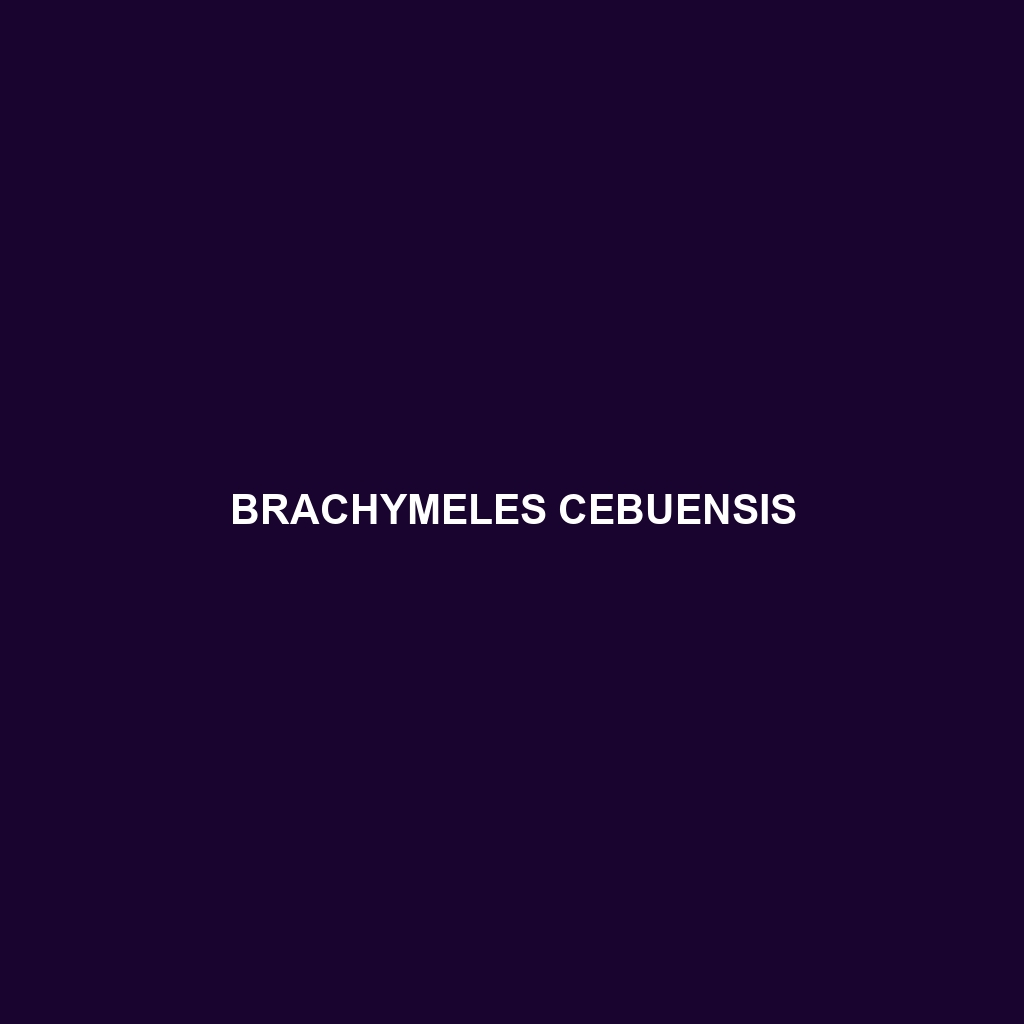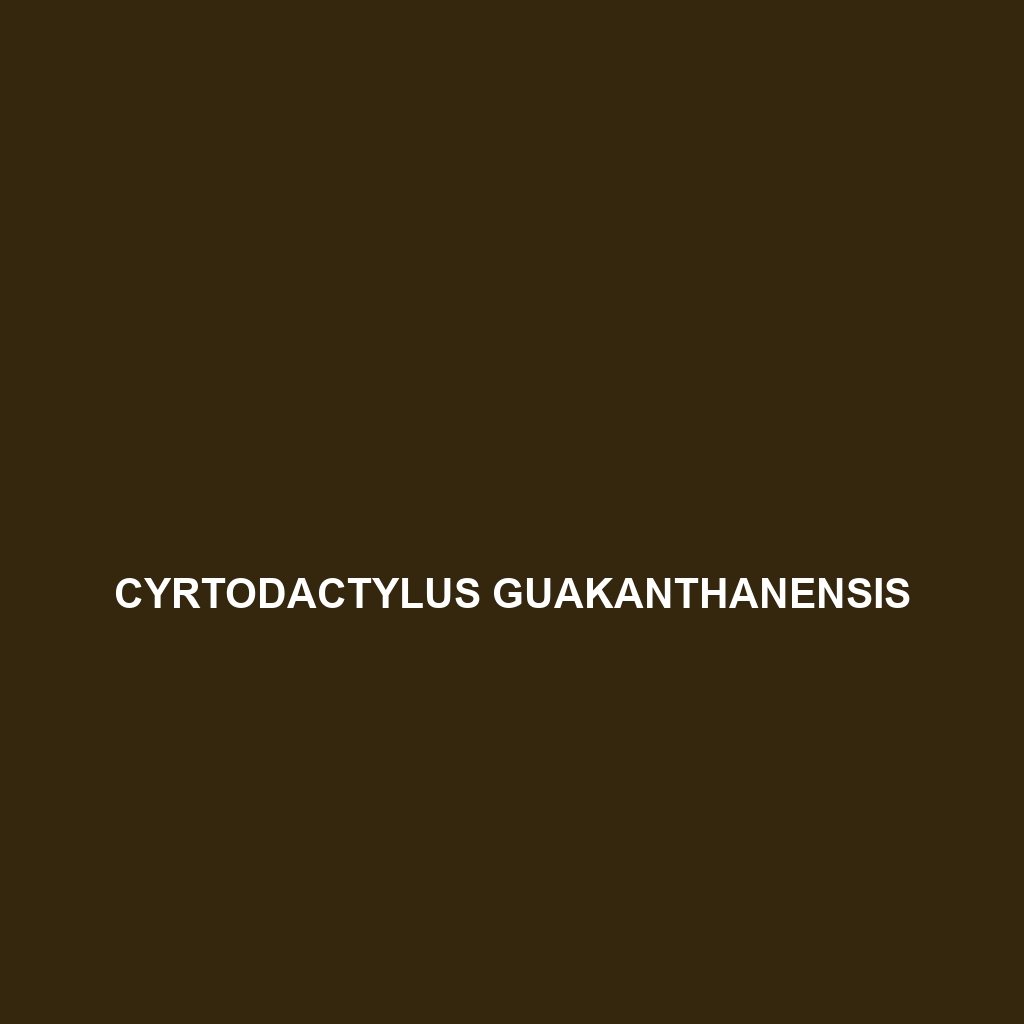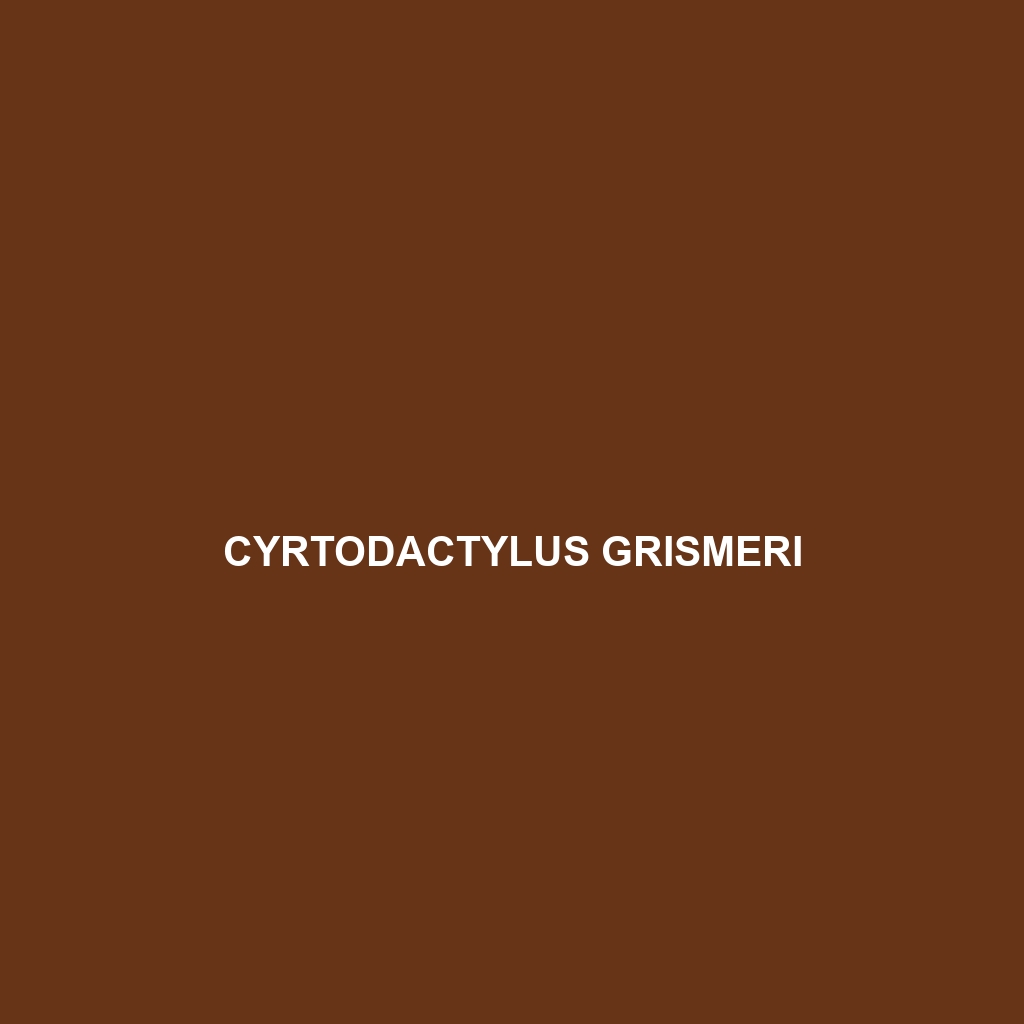
Tag: wildlife conservation
-

Brachymeles muntingkamay
Discover the unique Brachymeles muntingkamay, often called the “blind skink,” a Vulnerable species native to the Philippines that thrives in humid forests. With its sleek, worm-like body, reduced limbs, and diet primarily consisting of small invertebrates, this nocturnal reptile plays a crucial role in controlling insect populations and maintaining soil health.
-

Brachymeles miriamae
Discover the unique Brachymeles miriamae, a vibrant green or brown skink native to the rainforests of the Philippines, known for its elongated body, smooth scales, and diurnal behavior. This insectivorous species plays a crucial role in maintaining ecosystem balance by controlling insect populations and thrives in moist environments, making it a fascinating addition to any…
-

Brachymeles mindorensis
Discover the unique Brachymeles mindorensis, a slender, nocturnal skink native to the tropical rainforests of Mindoro, Philippines. With its fascinating burrowing behavior and important ecological role, this vulnerable species thrives in moist, shaded environments, feeding on insects and contributing to soil health.
-

Brachymeles lukbani
Discover the Brachymeles lukbani, also known as the Luzon skink, a unique nocturnal species native to the lush forests of the Philippines. This small, elongated lizard features smooth scales, a mottled coloration for camouflage, and plays a vital role in its ecosystem by controlling insect populations and contributing to soil health.
-

Brachymeles ligtas
Discover the Brachymeles ligtas, a small, nocturnal skink native to the tropical forests of Mindanao, Philippines. With its streamlined body, excellent camouflage, and unique adaptive behaviors, this vulnerable species plays a vital role in its ecosystem as both a predator and prey.
-

Brachymeles ilocandia
Discover the Brachymeles ilocandia, or Ilocano skink, a slender, agile reptile native to the humid tropical forests of Luzon, Philippines. This insectivorous species features smooth, shiny scales and exhibits fascinating behaviors such as burrowing and tail regeneration, while playing a crucial role in controlling insect populations within its ecosystem.
-

Brachymeles elerae
Discover the fascinating Brachymeles elerae, a vulnerable skink native to the Philippines, known for its nocturnal habits, unique adaptations for navigating leaf litter, and important role in the ecosystem as both predator and prey. With its slender body, earthy coloration, and ovoviviparous reproduction, this species highlights the rich biodiversity of moist lowland forests.
-

Brachymeles cobos
Discover the Brachymeles cobos, a fascinating nocturnal skink from the lush forests of the Philippines, characterized by its slender body, earthy coloration, and reduced limbs adapted for burrowing. This Vulnerable species plays a crucial role in soil aeration and nutrient cycling within its ecosystem, primarily feeding on invertebrates found in leaf litter.
-

Brachymeles cebuensis
Brachymeles cebuensis, known as the Cebu skink, is a vulnerable species endemic to the tropical forests of Cebu Island, Philippines. This nocturnal, burrowing skink measures 20 to 30 cm in length, features a streamlined body with reduced limbs, and primarily feeds on small invertebrates, playing a crucial role in its ecosystem.
-

Brachymeles burksi
Brachymeles burksi, commonly known as the legless skink, is a slender, elongated species native to the tropical rainforests of Mindanao and Leyte in the Philippines. This fascinating skink, reaching lengths of 15-20 cm, is nocturnal, ovoviviparous, and plays a vital role in its ecosystem by controlling insect populations and contributing to soil health.
Search
Popular Posts
-
Cyrtodactylus gubaot
Discover the Cyrtodactylus gubaot, also known as the Gubaot Gecko, a vulnerable species found in the limestone karsts of the Philippines. This nocturnal insectivore sports a distinctive coloration for camouflage, thriving in tropical forests and playing a crucial role in regulating local insect populations.
-
Cyrtodactylus guakanthanensis
Cyrtodactylus guakanthanensis is a slender gecko native to the tropical humid forests of Southeast Asia, known for its agile climbing abilities and distinctive coloration that offers effective camouflage. This nocturnal insectivore plays a crucial role in its ecosystem by controlling insect populations and serving as prey for larger animals.
-
Cyrtodactylus grismeri
Discover the Cyrtodactylus grismeri, also known as Grismer’s bent-toed gecko, a small (up to 10 cm) nocturnal gecko native to the lush, humid forests of Southeast Asia. With its unique brown and gray camouflage, agile climbing abilities, and role in controlling insect populations, this vulnerable species is a vital part of its ecosystem.
Categories
Archives
Tags
animal adaptations (681) animal behavior (4610) animal reproduction (754) bat species (661) behavior (915) biodiversity (6592) conservation (1670) conservation efforts (1303) conservation status (4411) diet (2089) echolocation (822) ecological balance (1205) ecological role (1182) ecology (786) ecosystem (1467) ecosystem role (2535) ecosystem roles (576) endangered species (2321) environmental conservation (613) habitat (3210) habitat conservation (845) Habitat Destruction (848) habitat loss (2719) herbivorous diet (521) IUCN Red List (1186) nocturnal (571) nocturnal animals (2681) nocturnal behavior (2134) omnivorous diet (591) physical characteristics (1937) reproduction (2827) reptile conservation (626) rodent (677) rodent species (1325) seed dispersal (2039) Seed Disperser (949) seed dispersers (588) small mammals (1161) South America (769) species description (652) tropical forests (882) Vulnerable Species (3962) wildlife (2504) wildlife conservation (4153) wildlife protection (735)



